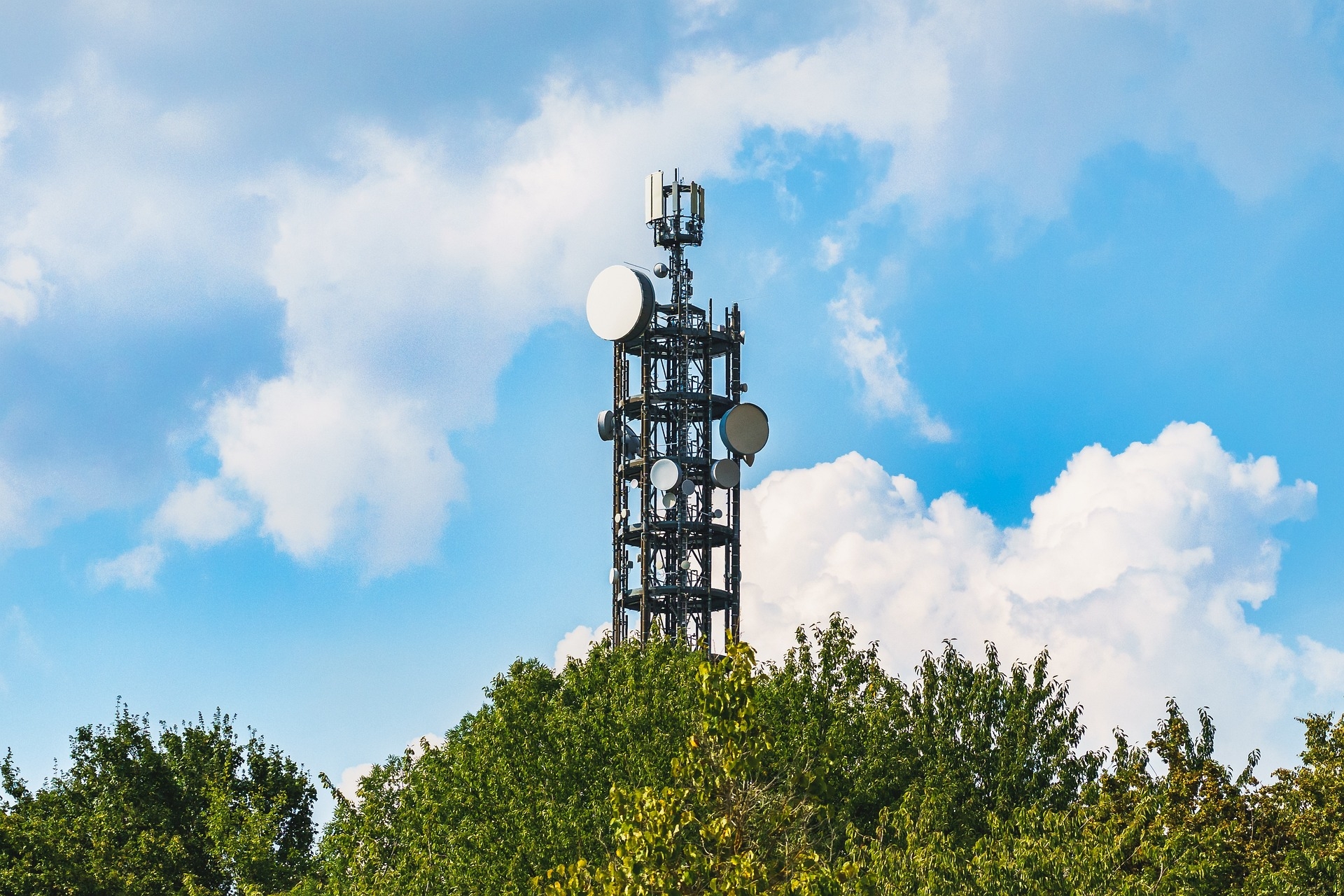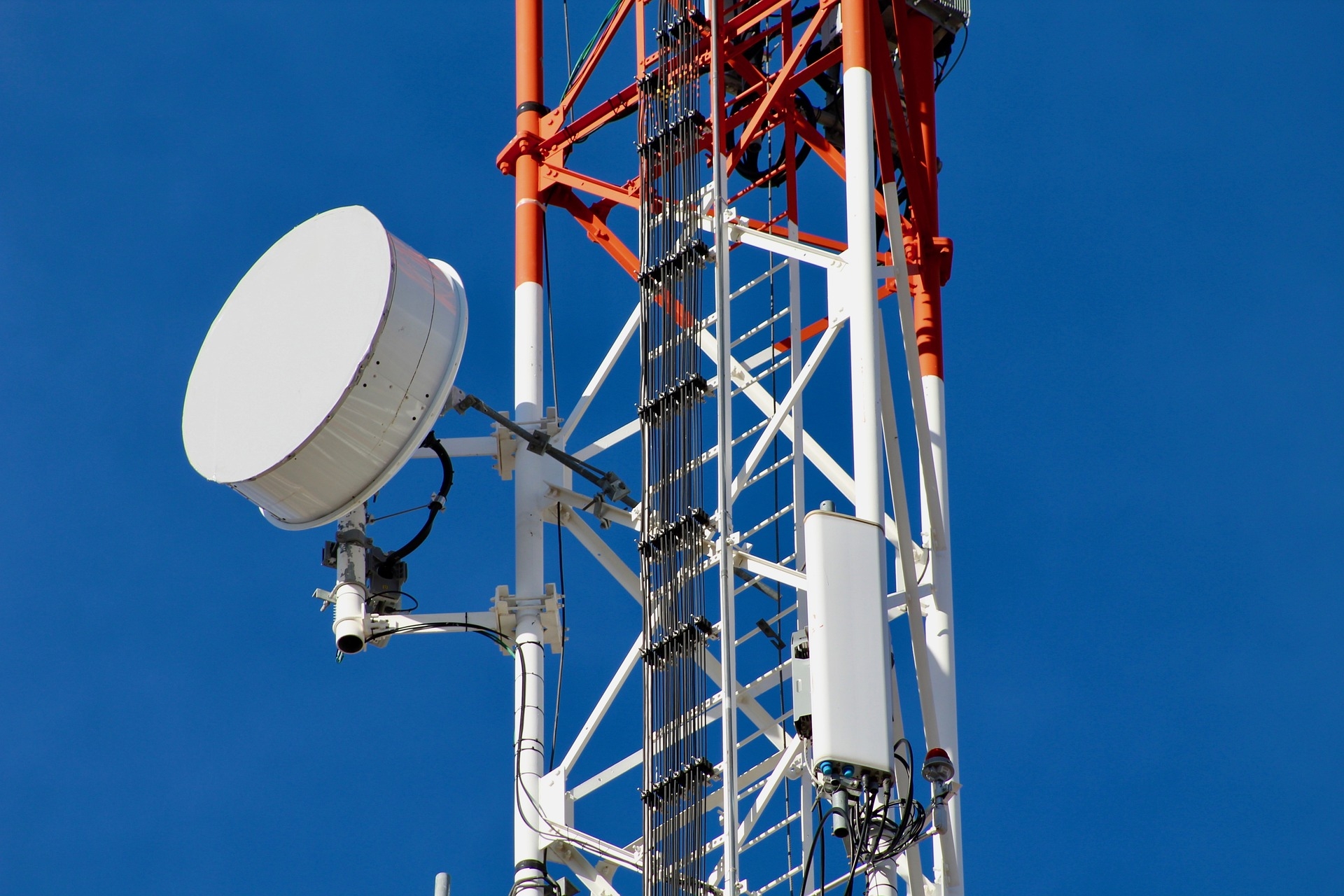Governments all over the world are increasingly concerned about sustainability and are putting pressure on many industries to reduce their carbon footprint and help build a greener and more ethical economy.
The telecom industry is very energy-dependent, and most of the emphasis in recent years has been on technological innovation to do with speed and connectivity. With growing awareness of climate change and rising stakeholder expectations, telecom companies are adopting more ambitious emissions reduction targets and implementing comprehensive ESG strategies.
The importance of ESG in the telecom industry
Environmental, social, and governance (ESG) principles are vital for the telecom industry to operate responsibly. Telecom companies must implement comprehensive ESG strategies to reduce emissions across operations and supply chains, adopt sustainable business practices, and provide affordable connectivity that uplifts communities. Robust ESG performance also enables telecom firms to meet rising stakeholder expectations, comply with tighter regulations, attract long-term investors, and build resilience against climate change impacts.
In a recent study by Melita, it was made clear that ESG is no longer just a tick-box exercise. Telecom companies are keen to make changes ahead of new EU regulatory changes that place a firm onus on organizations to do more.

ESG and the Greenhouse Gas Protocol (GHG Protocol)
The Greenhouse Gas (GHG) Protocol is an important framework that helps companies measure and manage their greenhouse gas emissions. It was developed through a partnership between the World Resources Institute and the World Business Council for Sustainable Development. The GHG Protocol categorizes emissions into three scopes based on their source:
- Scope 1 covers direct emissions from owned or controlled sources like fuel combustion and company vehicles.
- Scope 2 accounts for indirect emissions from purchased electricity, heating, and cooling.
- Scope 3 emissions are all indirect emissions across the company’s value chain including purchased goods, business travel, waste disposal, investments, and more.
The GHG Protocol provides standards, tools, and guidelines to help companies develop comprehensive, corporate-level GHG inventories. It enables consistent measurement and reporting of emissions across scopes, which is crucial for target setting, benchmarking, and disclosure. The methodology helps identify high-impact emission sources to prioritize reduction opportunities.
Adopting the GHG Protocol is an important step for companies looking to improve their environmental sustainability performance.
Reducing greenhouse gas emissions
A key focus area in the telecoms industry is curbing greenhouse gas (GHG) emissions across telecom operations and value chains. The information and communications technology (ICT) ecosystem currently accounts for 2-3% of global carbon emissions. Telecom infrastructure like data centers, networks, and towers rely heavily on electricity, contributing significantly to emissions. There is also growing scrutiny on supply chain emissions from manufacturing and transporting telecom equipment.
Leading telecom companies have pledged to achieve net zero emissions by 2040-2050. This involves minimizing emissions from internal operations, energy sourcing, and enabling suppliers to reduce their carbon footprints. Renewable energy procurement through power purchase agreements is a common approach, along with improving the energy efficiency of networks through 5G and fibre rollouts. Cloud adoption and virtualization of networks are other mechanisms to optimize energy consumption.
Innovative solutions like AI-enabled dynamic resource allocation, shifting traffic to greener periods, and putting base stations in sleep mode during low traffic help further reduce emissions. Telecom companies are also exploring hydrogen fuel cells, lithium-ion batteries, and other clean backup power alternatives. Partnerships with device manufacturers to enhance efficiency and recyclability are also gaining prominence.
Driving the circular economy
Transitioning to a circular economy model is another priority to curb emissions across product life cycles. Telecom companies have traditionally followed a take-make-waste model reliant on finite resources. The focus is now shifting to closed-loop systems where products and materials are shared, leased, reused, repaired, refurbished, and recycled.
Strategies include increasing reliance on renewable and recyclable materials, promoting device take-back schemes, enabling next-life use through software upgrades, and dematerialization of networks by replacing physical infrastructure with digital platforms. These approaches reduce the carbon footprint of making new products while extracting value from existing assets.
Target setting and disclosure
Robust target setting and transparent reporting are crucial for driving decarbonization programs. Telecom giants like Vodafone and Deutsche Telekom have joined the Science Based Targets initiative, committing to GHG reduction targets in line with climate science. Several companies also support the Task Force on Climate-Related Financial Disclosures (TCFD) framework that covers climate risks and opportunities.
Public disclosure through sustainability reports enables scrutiny of progress and benchmarking across the industry. Disclosure shows how companies are embedding sustainability into governance, strategy, and risk management. It also highlights the link between emission reductions and commercial growth, underscoring the business case for ESG investments.

Regulatory policy trends
Regulators play a vital role in advancing sustainability standards in telecom. For instance, Ofcom’s new regulations require UK telecom operators to report on emissions, set science-based targets, improve energy efficiency, and purchase renewable energy. The EU’s Green Deal and Fit for 55 legislation also place binding emission reduction responsibilities on network operators.
Such policy measures are creating an imperative for telecom companies to take tangible climate action. Regulators must strike a balance between enabling sustainable investments in next-gen networks while delivering affordable connectivity for all. Fiscal incentives for ESG progress could be important policy levers going forward.
Collaboration across the ecosystem
Delivering substantial emissions reduction ultimately requires collective action across the ICT ecosystem. Telecom operators must engage equipment providers, cloud companies, tower firms, utility suppliers, industry associations, and standards bodies to drive system-wide transformation.
Multi-stakeholder platforms like the GSMA and Joint Audit Cooperation help telecom companies collaborate on responsible sourcing, product life cycle assessments, and other sustainability initiatives. Overall, strengthening cooperation across the entire technology value chain will be central to aligning the industry with global climate goals.
The telecom sector holds huge potential to support global decarbonization efforts through responsible business practices. Leading operators are rising to the challenge by implementing comprehensive ESG strategies with bold emissions reduction commitments. Nevertheless, the pace of progress needs to accelerate drastically to curb the industry’s carbon footprint. Addressing sustainability will require substantial innovation, investment, and collaboration across telecom ecosystems worldwide in the years ahead.
Featured image credit: Freepik.





